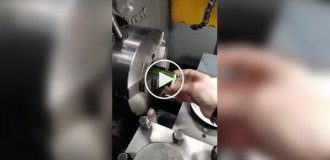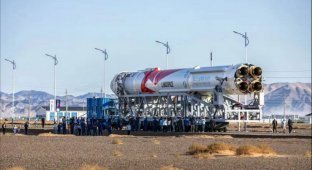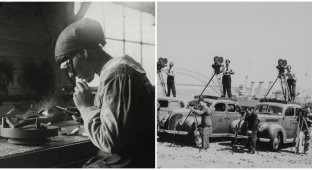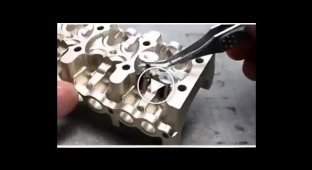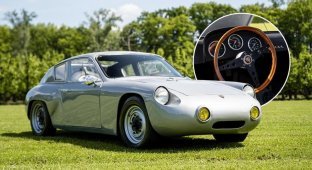A rocket engine invented by AI was successfully tested in England (4 photos + 1 video)
Recently, the world's first liquid-propellant rocket engine, designed from scratch by artificial intelligence, was tested in the UK. The design took less than two weeks once the specifications were approved. 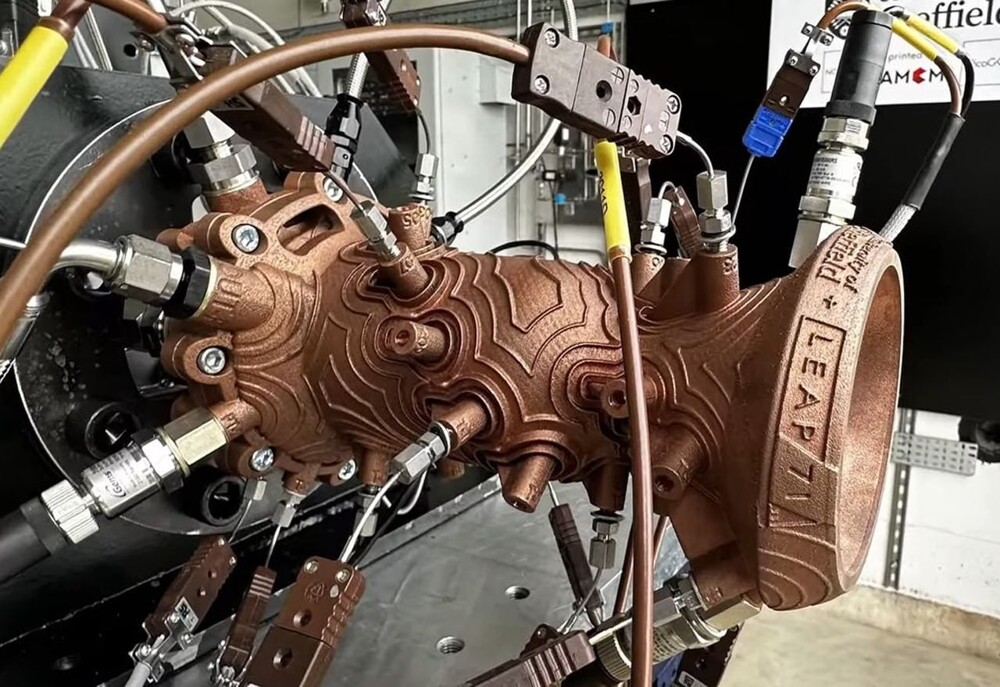
It took a few more days to 3D print the engine. After assembly it started on the first try. AI performed the annual work of the design bureau team “excellently.” 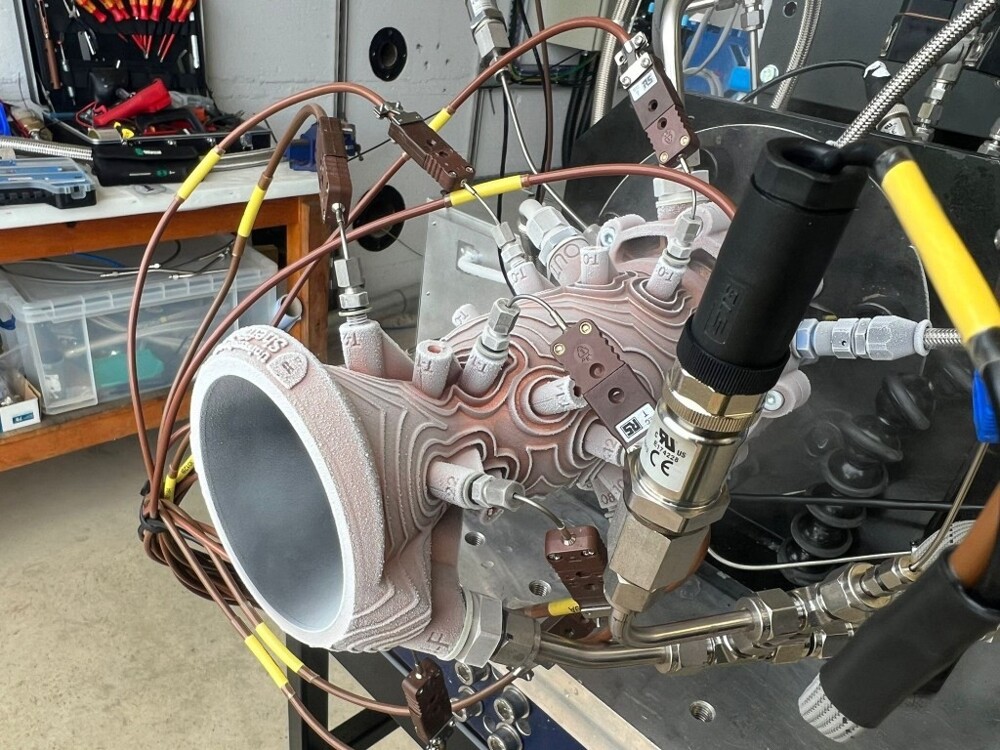
Finishing the parts and assembling the engine took the most time, which was done by employees of the British University of Sheffield. The AI seemed to hint that only physical work remained for humans, and the algorithms took over the creative component. 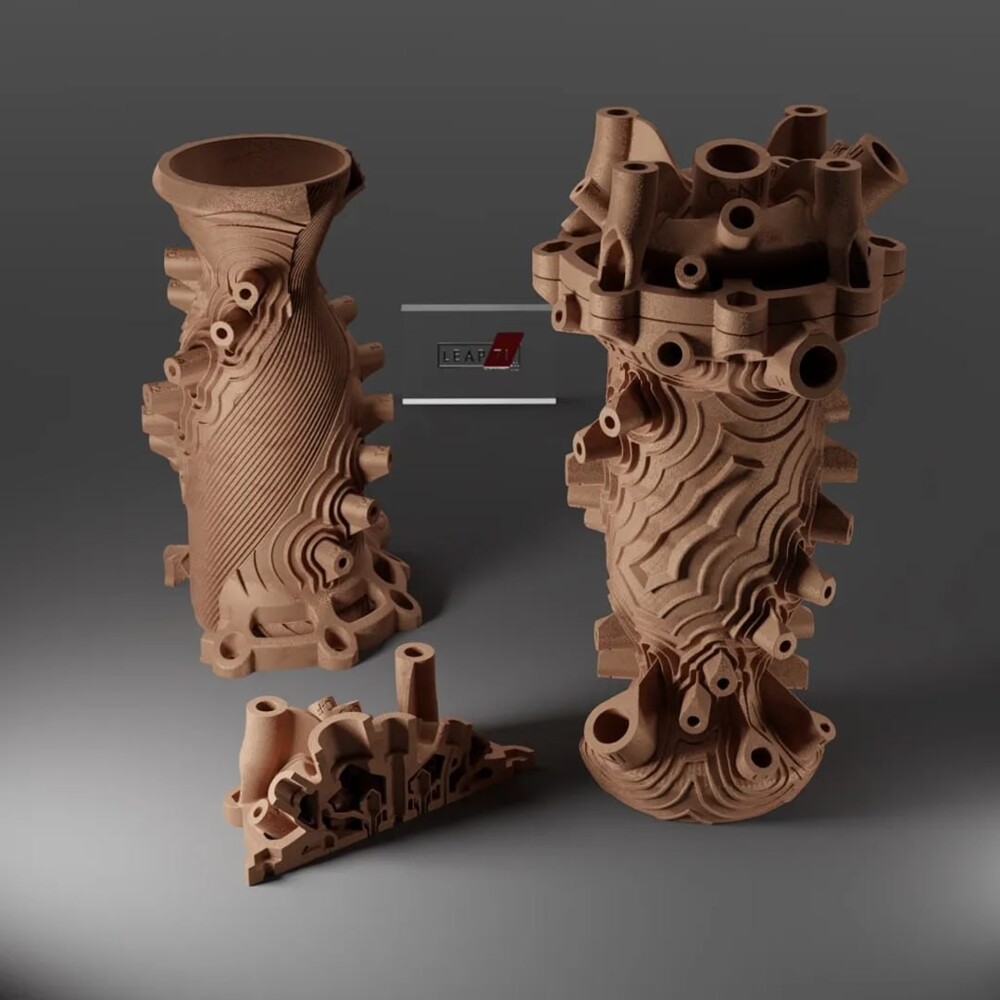
The project for the development of complex engineering structures using artificial intelligence is being promoted by LEAP 71, a company operating in Dubai (UAE). The company's specialists have created a large computational model of Noyron with a “compact and reliable geometric kernel” PicoGK, which allows the creation of very complex physical objects. Thus, Noyron is able to design structures, machines and mechanisms for any application, not just for the aerospace industry, from children's toys to the space shuttle. CAD programs were never used during the design process. 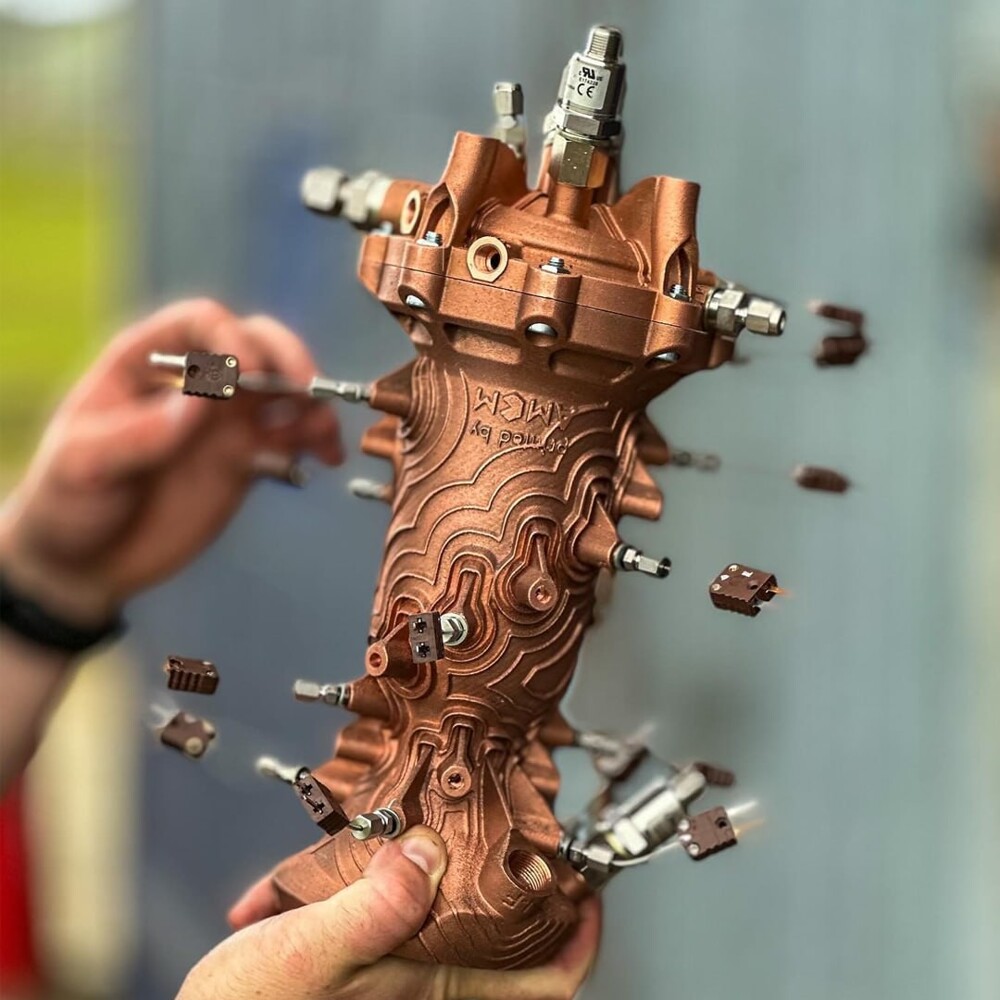
The rocket engine designed by the neural network runs on kerosene/liquid oxygen steam. During static fire testing at the Airborne Engineering site in Wescott, UK, the 5 kN (500 kg) engine confirmed its performance. First, it warmed up for 3.5 seconds, and then reached full power and worked for 12 seconds, during which it developed a thrust of 20 thousand horsepower. This is enough to equip the upper stage of a rocket with such an engine. The Noyron model can produce each new engine modification at a speed of less than 15 minutes, carrying out calculations on a regular computer. Do you need a range of engines? Wait a little outside the door, they'll take you out soon.
The engine components were manufactured in Germany by AMCM from copper alloy CuCrZr using additive printing on an EOS M290 printer. To prevent the copper from melting and the temperature in the engine combustion chamber reaching 3000 °C, an innovative solution was used to supply cooled fuel (kerosene) through a system of channels with a diameter of 0.8 mm built into the engine. Thanks to this, the engine housing heated up to only 250 °C. A cooling failure would instantly turn the engine into a puddle of copper, but the system worked reliably. Also, a coaxial vortex nozzle was used to inject fuel into the combustion chamber, which is considered the most advanced solution to date.











